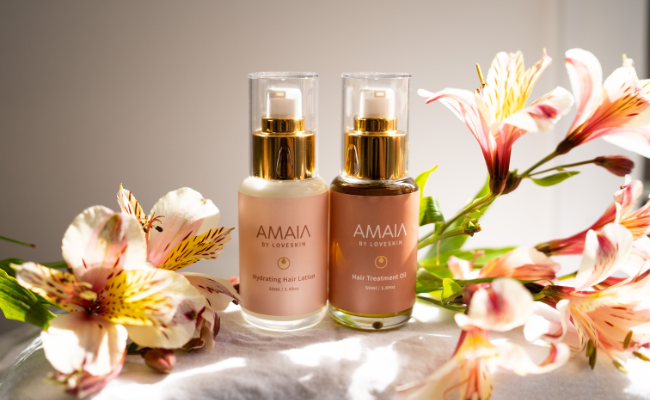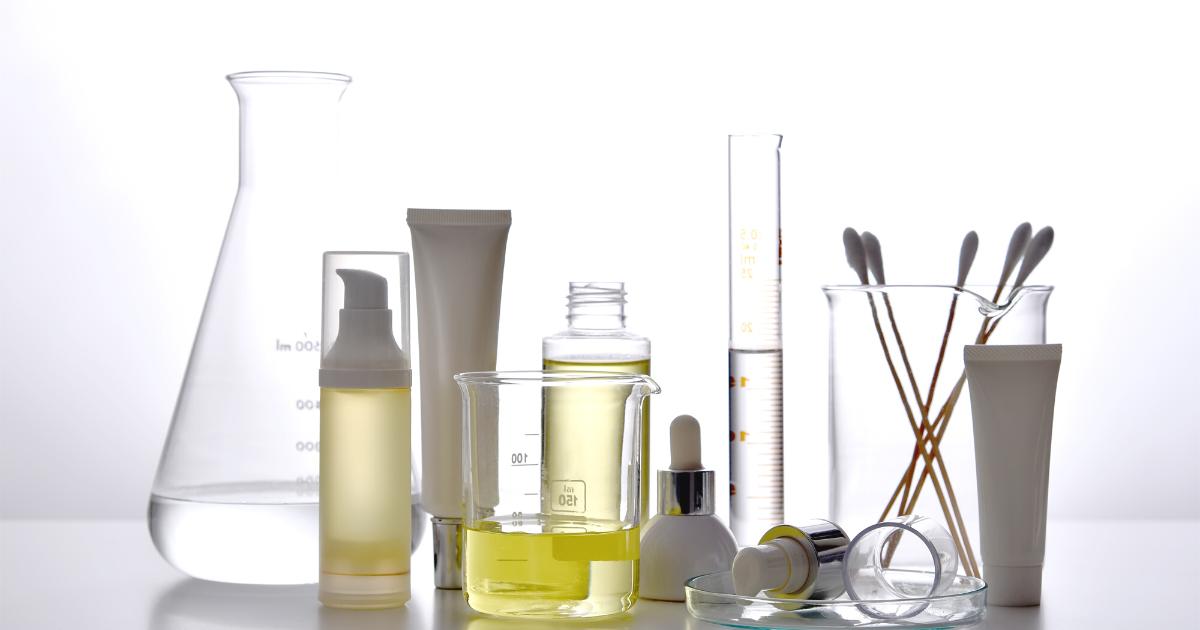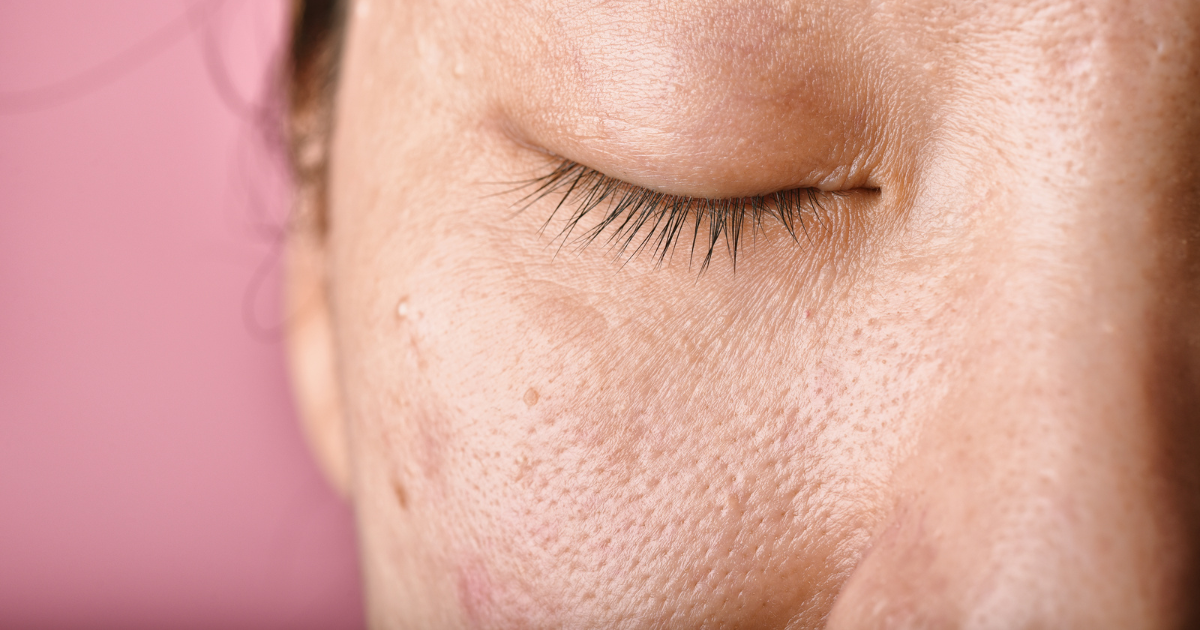The Skin Barrier and Cellular Turnover
The Risk of Imbalance in DIY Skincare Routines
The allure of achieving radiant, youthful skin often draws many to explore products that promise cellular turnover and rejuvenation. While these products can indeed unveil fresh, smooth skin by shedding older cells, there's a hidden caveat: it's surprisingly easy to disrupt our skin's natural balance, especially when crafting our own routines. A misstep can compromise the vital skin barrier, leading to more harm than good. Join us as we delve into the intricacies of skincare and highlight the paramount importance of treading with caution.
The outermost layer of the skin, the stratum corneum, acts as a barrier. It consists of dead skin cells (corneocytes) embedded in a lipid matrix composed of ceramides, cholesterol, and free fatty acids. This layer prevents transepidermal water loss (TEWL) and guards against the entry of pathogens and other external irritants.
Scientific and Logical Approach to Using Exfoliants Without Damaging the Skin Barrier:
1. Mechanism of Action: Understand the mechanism of action of the product. AHAs, for example, break the ionic bonds between corneocytes, promoting desquamation (shedding). Retinoids increase cell turnover by binding to retinoid receptors in the skin, influencing gene expression, and promoting the growth and differentiation of skin cells.
2. Concentration Matters: Scientific studies often demonstrate a dose-dependent relationship. For instance, a lower concentration of glycolic acid might exfoliate effectively with minimal irritation, while a very high concentration can cause burns. Starting with lower concentrations allows the skin to build tolerance.
3. pH is Important for Acids: The efficacy of AHAs and BHAs depends not just on concentration but also on pH. A product with a pH closer to the skin's natural pH (around 4.5-5.5) will be less irritating. The further away from this range, especially on the lower end, the more aggressive its exfoliating action might be.
4. Combination Therapy: Scientific literature has shown that certain ingredients can work synergistically. For instance, incorporating a carefully blended skincare oil with retinoids can mitigate the irritating effects of retinoids, allowing for increased cellular turnover without as much potential barrier damage.
5. Barrier Repair Ingredients: Incorporating ingredients known to support and repair the skin barrier can offset potential damage from exfoliants. This is evidenced by studies showing that ceramides, cholesterol, and free fatty acids can help restore barrier function, all of these are readily available in our LoveSkin Moisturising blends.
6. Cumulative Effects: Consider the cumulative effects of all products in a regimen. Multiple products promoting cellular turnover might increase the risk of barrier disruption. Logically, if one method (e.g., retinoid) is already increasing turnover, adding another (e.g., AHA) might be overkill for some individuals.
7. Individual Variability: There's significant individual variability in how people's skin responds to products, as shown in many clinical studies. Some individuals can tolerate high concentrations of actives without any barrier disruption, while others might experience irritation with much milder products.
8. Replenishment: The logical approach would be to ensure that as you're increasing cellular turnover, you're also taking steps to replenish the skin's barrier. This might include using products rich in lipids or other barrier-supporting ingredients.
In essence, the goal is to strike a balance. Scientifically, it's well-understood that the skin can tolerate and even benefit from increased cellular turnover, but the degree to which this is done, the products used, and the individual's unique skin characteristics all play pivotal roles in determining whether the skin barrier remains intact or gets compromised.



